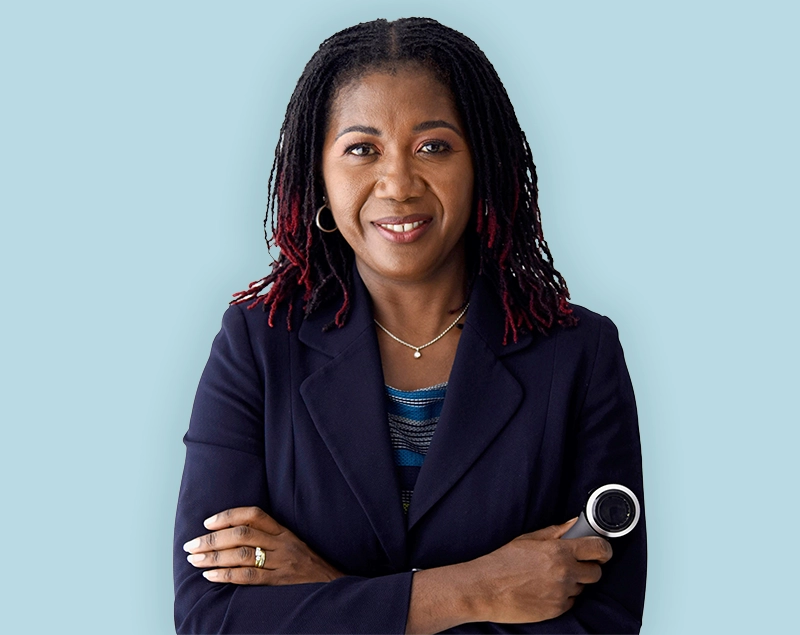Overview
What are ganglion cysts?
Rosacea is a chronic inflammatory skin disorder that primarily affects the central face. It causes facial redness, flushing, and sometimes visible capillaries or small spots. Over time, the condition may lead to thickened skin or eye irritation in some cases.
Rosacea most often develops in adults aged 30 to 50, particularly those with fair skin. It is not caused by poor hygiene and cannot spread from person to person.
Types of rosacea include:
- Erythematotelangiectatic rosacea: Persistent redness and dilated blood vessels.
- Papulopustular rosacea: Red spots and pustules similar to acne.
- Phymatous rosacea: Thickened skin, most commonly around the nose (rhinophyma).
- Ocular rosacea: Affects the eyes, leading to irritation, dryness, or swelling.
Symptoms and Causes
Recognising rosacea symptoms
Rosacea symptoms can vary from person to person and often come and go in cycles. Common features include:
- Persistent redness or blushing across the cheeks, nose, chin, or forehead.
- Fine, visible blood vessels on the skin’s surface.
- Red or pus-filled spots that may look like acne.
- Burning, stinging, or sensitive skin.
- Thickened, roughened skin in advanced cases.
- Eye discomfort, dryness, or swollen eyelids (ocular rosacea).
What causes rosacea
The exact cause is still unknown, but several factors are believed to contribute:
- Overactive blood vessels causing flushing and redness.
- An overactive immune response that triggers inflammation.
- The presence of Demodex mites or certain bacteria on the skin.
- Genetic predisposition or family history.
- Triggers such as sunlight, spicy foods, alcohol, stress, or extreme temperatures.
Diagnosis and Tests
Rosacea is diagnosed clinically by a GP or dermatologist through physical examination and discussion of symptoms. There is no single test for the condition, but additional checks may be done to rule out acne, eczema, or lupus.
If eye symptoms are present, an ophthalmologist may assess for ocular rosacea. Blood tests are rarely needed unless another disorder is suspected.
Management and Treatment
While rosacea has no cure, treatments can effectively reduce redness, spots, and flare-ups.
- Topical creams and gels: Such as metronidazole, azelaic acid, ivermectin, or brimonidine to calm redness and inflammation.
- Oral antibiotics: Low-dose doxycycline or tetracycline to treat moderate or severe inflammation.
- Laser and light therapy: Intense pulsed light (IPL) or vascular lasers to reduce visible blood vessels.
- Eye care: Lubricating drops or antibiotics for ocular rosacea.
Lifestyle and skincare adjustments
- Use gentle cleansers and fragrance-free moisturisers.
- Apply daily SPF 30 or higher sunscreen.
- Avoid personal triggers such as heat, alcohol, or spicy foods.
- Manage stress and avoid harsh exfoliants.
Outlook/Prognosis
Rosacea is a chronic but manageable condition. With consistent treatment and trigger avoidance, most people achieve long-term control and significant improvement in skin appearance. Flare-ups can still occur, but early intervention helps limit their duration and severity.
Without management, rosacea can gradually worsen, leading to persistent redness or thickened skin. However, with the right approach, many patients maintain clear, healthy skin and improved confidence.
Prevention
Can rosacea be prevented?
Although rosacea cannot be completely prevented, flare-ups can be minimised through good skincare and awareness of triggers.
- Protect the skin from UV exposure using daily sunscreen.
- Avoid excessive alcohol, hot drinks, or spicy foods.
- Use gentle, non-irritating skincare products.
- Manage emotional stress and maintain a consistent skincare routine.


